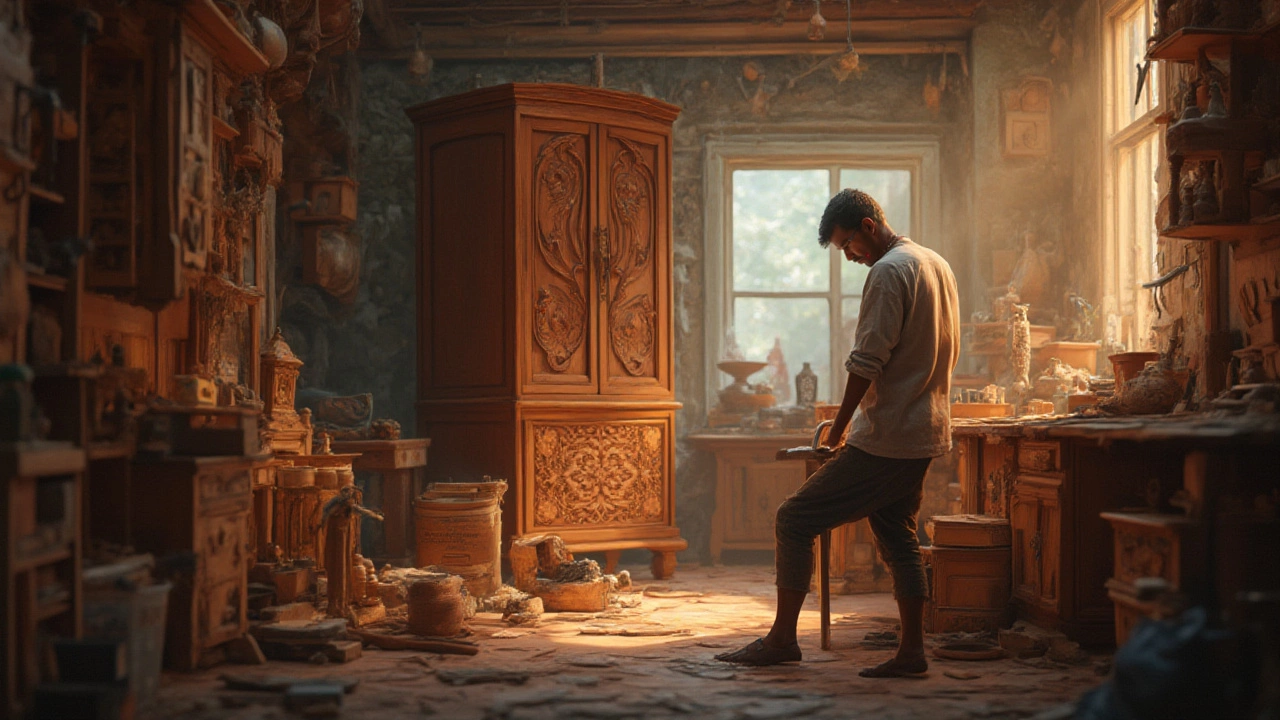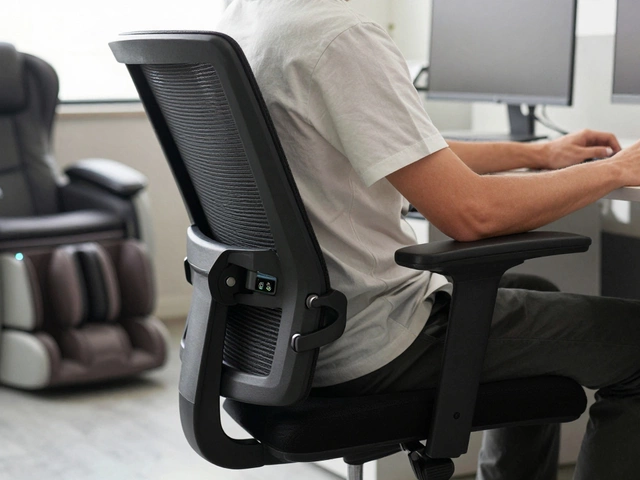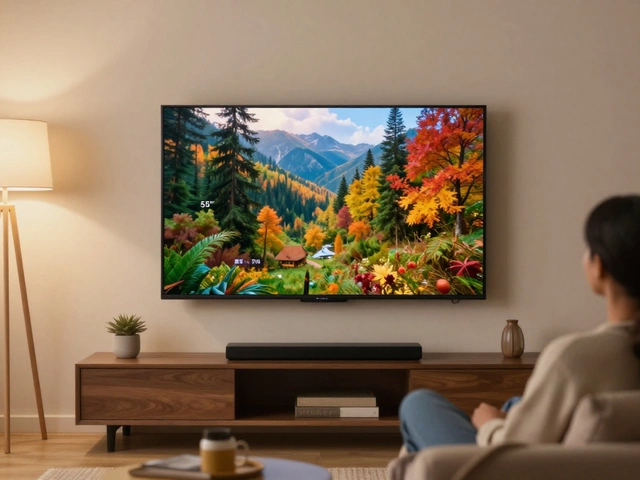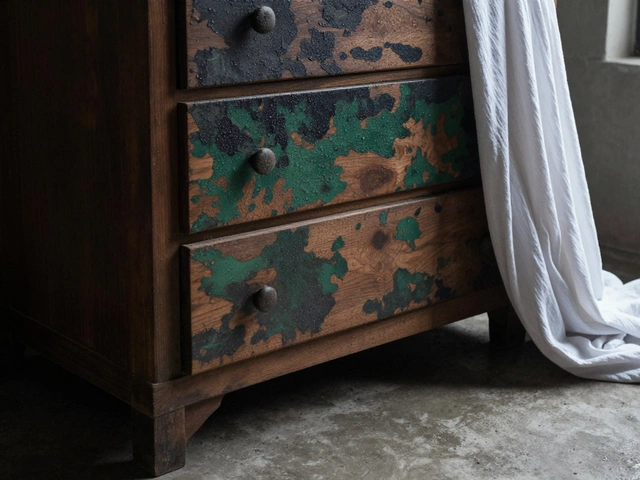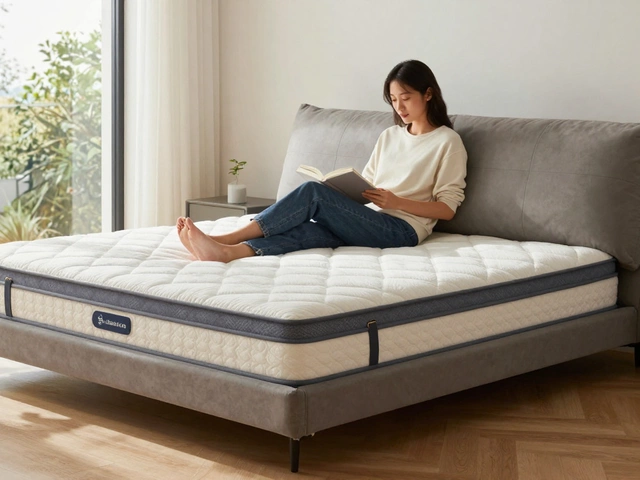Why Are Wardrobes So Expensive?
If you’ve walked into a showroom and felt your wallet wince, you’re not alone. Wardrobes can feel like a pricey investment, but the cost isn’t random. Understanding the main drivers helps you decide if the price is worth it and where you can cut corners without sacrificing quality.
What Drives the Price?
First off, material matters. Solid wood like oak, walnut, or maple costs far more than engineered particle board or MDF. The grain, durability, and natural look of real wood add both weight and price. If a wardrobe boasts a solid‑core frame, you’re paying for centuries‑old woodworking traditions and the time it takes to cut, shape, and finish each piece.
Second, design and customization play a huge role. A basic, off‑the‑shelf wardrobe with a standard shelf layout is cheaper than a piece built to fit a specific room’s dimensions, with adjustable hanging rods, built‑in drawers, and specialty hardware. Every extra compartment or hidden drawer means more labor and more hardware, which adds up quickly.
Third, hardware and accessories are not just decorative. Soft‑close hinges, high‑quality sliding mechanisms, and sturdy handles are engineered for durability. Brands that source these components from reputable manufacturers charge a premium, but you’ll notice the difference when the doors glide smoothly for years.
Fourth, brand reputation and location affect price. A well‑known designer label or a company that produces furniture locally often carries higher labor costs, tighter quality control, and a brand markup. Imported wardrobes can also become pricey due to shipping, customs duties, and the need for robust packaging.
Finally, labor and craftsmanship matter. Hand‑finished pieces, dovetail joints, and intricate carving require skilled artisans. Their time is valuable, and that expertise is reflected in the final price tag.
How to Keep Costs Down
Now that you know why the price hikes happen, here are practical ways to save. Choose engineered wood or high‑quality MDF instead of solid hardwood if you don’t need the premium look. These materials still offer good strength and can be painted or veneered to match your décor.
Look for flat‑pack or ready‑to‑assemble wardrobes. You’ll do the assembly yourself, but you’ll shave off a big chunk of labor costs. Many retailers offer sturdy flat‑pack options that still look sleek when installed.
Consider modular systems. Instead of a custom‑built piece, buy a modular wardrobe that lets you add shelves, rods, or drawers as your needs change. This flexibility means you can start small and expand later, spreading the cost over time.
Don’t overlook sales and outlet stores. End‑of‑season clearances, factory outlets, and online flash sales often feature high‑quality wardrobes at a fraction of the normal price. Sign up for newsletters to get early alerts.
Lastly, think about DIY upgrades. A plain wardrobe can be transformed with new handles, a fresh coat of paint, or added lighting. Small changes can give you a custom feel without the custom price.
In short, wardrobes are expensive because of material, design, hardware, brand, and craftsmanship. Knowing where the money goes helps you make smarter choices, whether you go for a premium piece or a budget‑friendly alternative that still fits your style.
Why Are Wardrobes So Expensive? The Real Reasons Behind High Wardrobe Prices
Ever wonder why wardrobes are so expensive? Learn what drives up the price of wardrobes, from craftsmanship and materials to hidden costs you never thought about.
